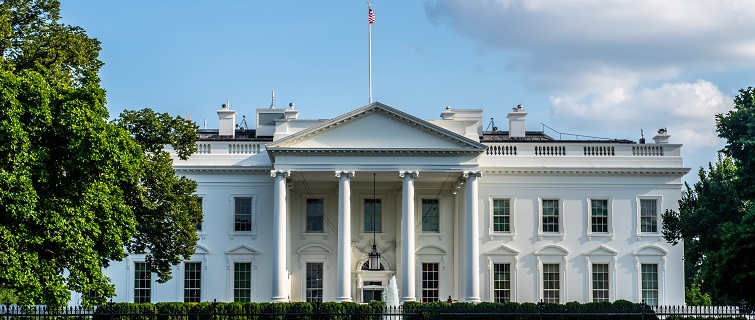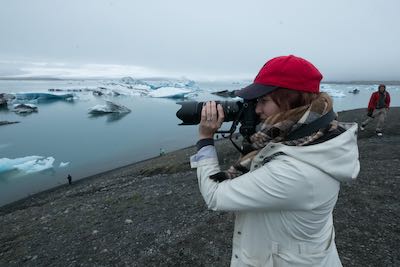
There must have been an earlier question—one that President Trump apparently avoided—because the video begins with Reuters White House correspondent Jeff Mason asking a “follow-up” that sounds very much like a redo.
“The question, sir, was: ‘What did you want President Zelensky to do about Vice President Biden and his son, Hunter?’”
Trump frowns, gazes at Finnish President Sauli Niinistö standing next to him on the podium, then looks back at Mason:
“Are you talkin’ to me?”
“Yeah, it was just a follow-up of what I just asked you, sir,” Mason says.
“Listen. Listen. You ready?” Trump continues. “We have the president of Finland. Ask him a question.”
The brief CNN clip from Oct. 2, 2019, is vintage Trump: distrusting “much of the media in this country” that he says “is not just fake” but “corrupt.”
Presidents hold joint press briefings with foreign leaders all the time, but the media is under no obligation to stick to an administration’s preferred narrative. And on this day, the big story was Trump allegedly pressuring Ukrainian President Volodymyr Zelensky to investigate then-candidate Joe Biden and his son Hunter, an allegation that would lead to the first of two impeachments.
No Break in the News
When President Biden took office on Jan. 20, 2021, daily press briefings returned, and much of the drama subsided. But don’t expect Mason to express relief at covering a new, more conventional administration.
“They’re very different men. They’re obviously very different presidents,” says Mason, who also is an instructor in the Master’s in Journalism program at Georgetown University. “But one thing I will say is that President Biden has also generated a lot of news. It’s not the same kind of news, clearly, and there’s a different tone, for sure, at the White House. But it has not been slow. And I think that’s a misconception that some people have because we were obviously very busy as a press corps during the presidency of President Trump, but that has continued under President Biden’s, just with different kinds of stories, and many more policy-oriented stories, but still a lot of news.”
If Mason’s response sounds painstakingly objective, there is a reason. Traditional reporters do not like to be seen as taking sides, and the last thing they want is to be dragged into the story themselves.
No More 4 a.m. Tweets
Phil Mattingly was a Congressional correspondent at CNN before moving to the network’s White House beat on Jan. 20. In one sense, he is glad the Trump administration is gone, but it has nothing to do with Trump’s relationship with the media. From a reporter’s perspective, it’s more like too much of a good thing. In this case, news.
“In the last five years prior to Jan. 20, you never got a break, which was incredible from a news perspective,” said Mattingly, who also teaches in Georgetown’s graduate journalism program. “You always want to be covering the biggest story and the most interesting thing out there. But it was also exhausting.”
The biggest relief? No early morning tweets from the White House, which required Mattingly to get reactions from members of Congress.
“I don’t miss not having weekends. And I don’t miss waking up in terror every single morning at, like, 4 a.m.,” Mattingly says. Additionally, “my family is happy to see me.”
Mattingly loved covering Congress. “From a reporting perspective, there are 535 sources who are members. They’ve all got staffs, and they’re all sources, too,” he says. “It’s an absolute goldmine.”
Of course, those sources are still available now that Mattingly has moved to the White House. And just because there’s a new, in some ways more predictable administration doesn’t mean that the political tensions surrounding Washington and the nation at large have subsided.
“There was a lot of tension during the Trump years, but it’s not unusual for there to be some tension” between the media and the White House, Mason says. “In fact, I think it’s healthy. There will continue to be that tension under a Biden administration and any administration to come.”
